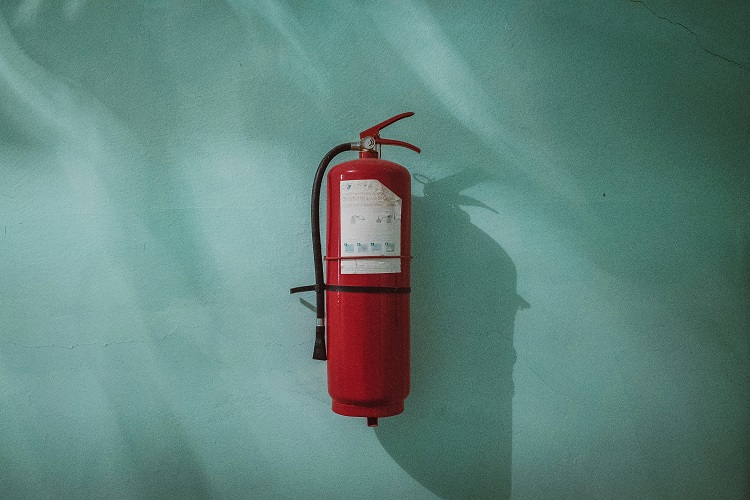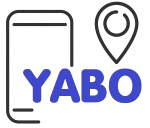Business Idea – Fire Safety Solutions

- Business Overview
Title: Fire Safety Solutions Business Model
Type: Service
Concept: Installing and maintaining fire suppression systems in residential, commercial, and industrial properties.
- Key Services
Installation: Professional installation of fire suppression systems.
Inspection: Regular inspection to ensure systems are functioning correctly.
Maintenance: Ongoing maintenance to ensure optimal performance and compliance with safety standards. - Market Analysis
Target Market:
Homeowners and tenants in residential areas.
Property developers and real estate companies.
Commercial establishments such as hotels, restaurants, and office buildings.
Industrial properties including factories and warehouses.
Market Demand:
High demand for safety compliance and prevention measures across various sectors.
Growing awareness and regulatory requirements for fire safety.
- Capital Requirements
Initial Capital Investment:
Tools and Equipment:
Fire Extinguisher Refill Kit: Ksh 15,000.
Fire Alarm Testing Kit: Ksh 10,000.
Smoke Detector Tester: Ksh 2,800.
Ladder (for installation and inspection): Ksh 10,000.
Power Drill: Ksh 8,000.
Screwdriver Set: Ksh 1,290.
Wrenches: Ksh 3,000.
Safety Gear (gloves, goggles, harnesses): Ksh 10,000.
Initial Inventory:
Fire Extinguishers: Ksh 5,000 each, initial stock of 5 units: Ksh 25,000. The cheapest fire extinguisher is Ksh 1500 which is 1kg with the most expensive being Ksh 5000
Smoke Detectors: Ksh 2,800 each, initial stock of 10 units: Ksh 28,000.
Sprinkler Heads: Ksh 1,000 each, initial stock of 20 units: Ksh 20,000.
Piping and Connectors: Ksh 10,000.
Training:
Technical training for staff: Ksh 10,000.
Marketing and Branding:
Website development and online presence: Ksh 10,000.
Initial marketing campaign (digital ads, flyers, local advertising): Ksh 7,000.
Branding materials (business cards, uniforms, vehicle branding): Ksh 7,000.
Total Marketing Cost: Ksh 24,000.
Miscellaneous Costs:
Licenses, permits, and insurance: Ksh 10,000.
Initial working capital for operational expenses: Ksh 10,000.
Total Miscellaneous Cost: Ksh 20,000.
Total Initial Capital Needed: Ksh 300,000.
- Revenue Model
Service Charges:
Installation: Ksh 50,000 – 100,000 per installation, depending on the system size and complexity.
Inspection: Ksh 5,000 – 10,000 per inspection, depending on the system size.
Maintenance: Ksh 10,000 – 20,000 per maintenance visit, based on the system size and requirements.
Service Contracts:
Offer maintenance contracts for regular inspections and upkeep of fire suppression systems in commercial and industrial properties.
Typical contract value: Ksh 100,000 – 200,000 per year per property.
- Profitability Analysis
Revenue Projections:
Monthly Revenue from Installations and Repairs: Ksh 150,000 – 300,000.
Monthly Revenue from Service Contracts: Ksh 50,000 – 100,000.
Estimated Monthly Revenue: Ksh 200,000 – 400,000.
Cost Analysis:
Monthly Operational Costs (salaries, transport, utilities): Ksh 50,000 – 60,000.
Monthly Cost of Goods Sold (stock replenishment): Ksh 10,000 – 20,000.
Marketing and Miscellaneous Monthly Expenses: Ksh 5,000 – 10,000.
Estimated Monthly Expenses: Ksh 65,000 – 90,000.
Net Profit Margin:
Estimated Monthly Profit: Ksh 135,000 – 310,000.
Annual Profit Projection: Ksh 1,620,000 – 3,720,000.
- Operational Plan
Staffing Requirements:
Fire Safety Technicians: 2-3 experienced professionals.
Sales and Customer Service Representative: 1.
Service Areas:
Initially focus on Nairobi and its surrounding areas, expanding to other regions based on demand.
Quality Assurance:
Regular training for staff on the latest fire safety technologies and best practices.
Establish partnerships with reputable suppliers for high-quality fire suppression systems and materials.
- Marketing and Sales Strategy
Online Presence:
Develop a professional website showcasing services, testimonials, and contact information.
Utilize social media platforms (Facebook, Instagram, LinkedIn) for promotions and customer engagement.
Local Marketing:
Distribute flyers and brochures in residential, commercial, and industrial areas.
Collaborate with real estate agents, construction companies, and industrial safety consultants for referrals.
Customer Engagement:
Offer promotions and discounts for first-time customers.
Implement a customer loyalty program to encourage repeat business.
- Risk Analysis and Mitigation
Market Risks:
Economic downturns affecting construction and renovation projects.
High competition from established fire safety service providers.
Mitigation Strategies:
Diversify service offerings to include comprehensive fire safety consultations.
Continuously improve service quality and customer satisfaction to build a strong reputation.
Operational Risks:
Equipment breakdowns and delays in material supply.
Mitigation through regular maintenance of tools and establishing reliable supply chains.
- Financial Projections
Break-even Analysis:
Estimated Break-even Point: 6-12 months, depending on market penetration and service uptake.
Profit and Loss Statement (Projected Annual):
Total Revenue: Ksh 2,400,000 – 4,800,000.
Total Expenses: Ksh 780,000 – 1,080,000.
Net Profit: Ksh 1,620,000 – 3,720,000.

